Piotr Tomaszewski
Ergo, SMIRK is Safe: A Safety Case for a Machine Learning Component in a Pedestrian Automatic Emergency Brake System
Apr 16, 2022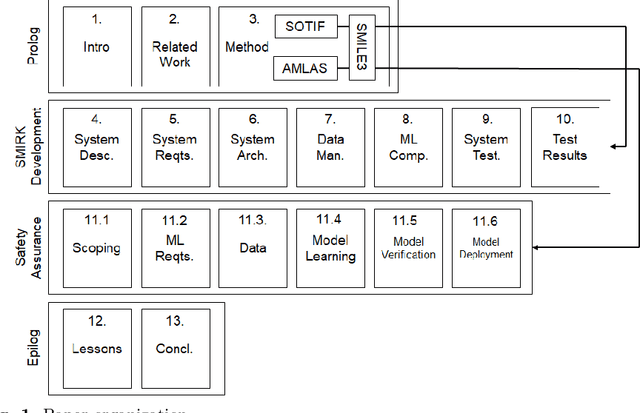
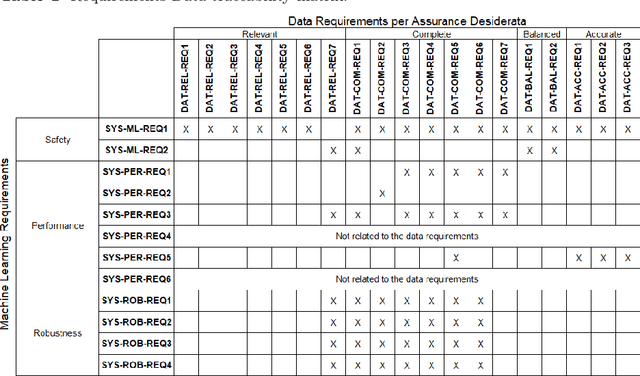
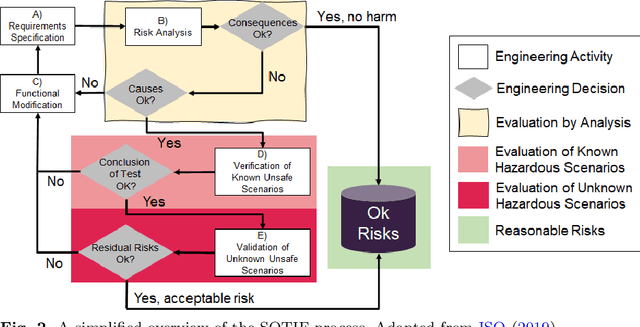
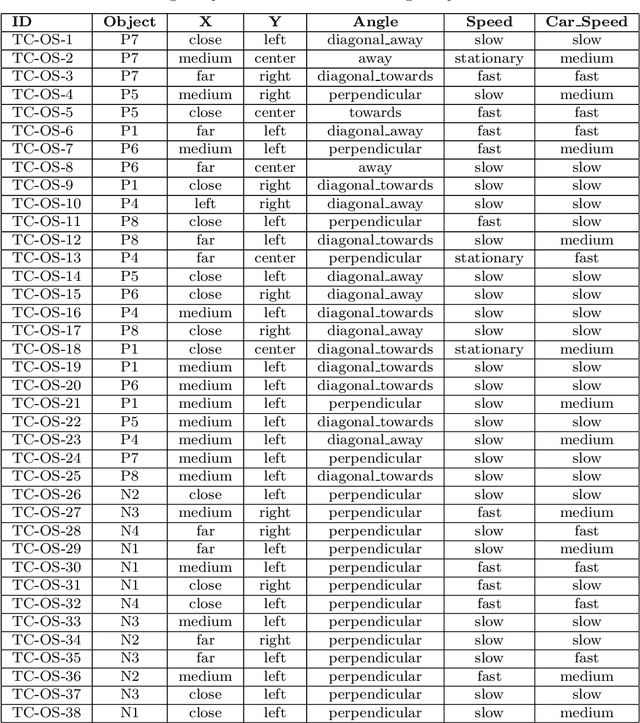
Abstract:Integration of Machine Learning (ML) components in critical applications introduces novel challenges for software certification and verification. New safety standards and technical guidelines are under development to support the safety of ML-based systems, e.g., ISO 21448 SOTIF for the automotive domain and the Assurance of Machine Learning for use in Autonomous Systems (AMLAS) framework. SOTIF and AMLAS provide high-level guidance but the details must be chiseled out for each specific case. We report results from an industry-academia collaboration on safety assurance of SMIRK, an ML-based pedestrian automatic emergency braking demonstrator running in an industry-grade simulator. We present the outcome of applying AMLAS on SMIRK for a minimalistic operational design domain, i.e., a complete safety case for its integrated ML-based component. Finally, we report lessons learned and provide both SMIRK and the safety case under an open-source licence for the research community to reuse.
Quality Assurance of Generative Dialog Models in an Evolving Conversational Agent Used for Swedish Language Practice
Mar 29, 2022



Abstract:Due to the migration megatrend, efficient and effective second-language acquisition is vital. One proposed solution involves AI-enabled conversational agents for person-centered interactive language practice. We present results from ongoing action research targeting quality assurance of proprietary generative dialog models trained for virtual job interviews. The action team elicited a set of 38 requirements for which we designed corresponding automated test cases for 15 of particular interest to the evolving solution. Our results show that six of the test case designs can detect meaningful differences between candidate models. While quality assurance of natural language processing applications is complex, we provide initial steps toward an automated framework for machine learning model selection in the context of an evolving conversational agent. Future work will focus on model selection in an MLOps setting.
Machine Learning-Assisted Analysis of Small Angle X-ray Scattering
Nov 16, 2021
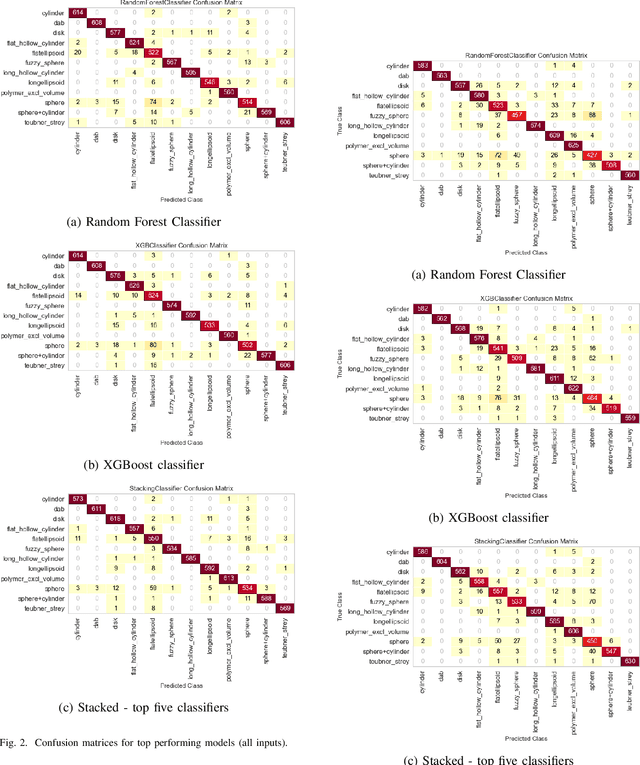
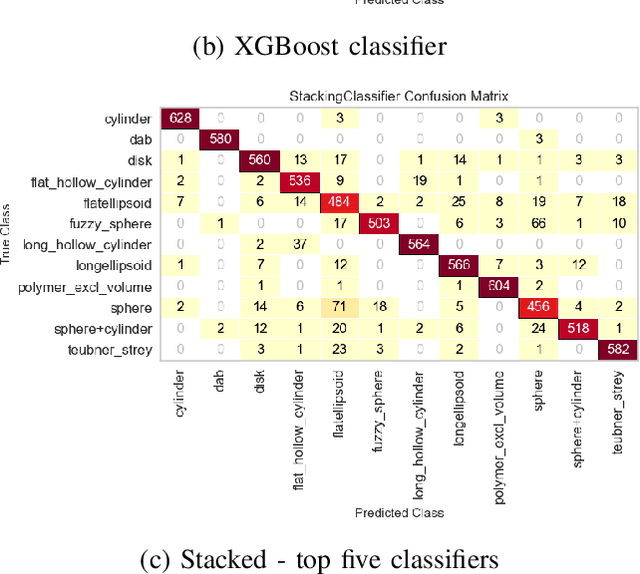

Abstract:Small angle X-ray scattering (SAXS) is extensively used in materials science as a way of examining nanostructures. The analysis of experimental SAXS data involves mapping a rather simple data format to a vast amount of structural models. Despite various scientific computing tools to assist the model selection, the activity heavily relies on the SAXS analysts' experience, which is recognized as an efficiency bottleneck by the community. To cope with this decision-making problem, we develop and evaluate the open-source, Machine Learning-based tool SCAN (SCattering Ai aNalysis) to provide recommendations on model selection. SCAN exploits multiple machine learning algorithms and uses models and a simulation tool implemented in the SasView package for generating a well defined set of datasets. Our evaluation shows that SCAN delivers an overall accuracy of 95%-97%. The XGBoost Classifier has been identified as the most accurate method with a good balance between accuracy and training time. With eleven predefined structural models for common nanostructures and an easy draw-drop function to expand the number and types training models, SCAN can accelerate the SAXS data analysis workflow.
 Add to Chrome
Add to Chrome Add to Firefox
Add to Firefox Add to Edge
Add to Edge